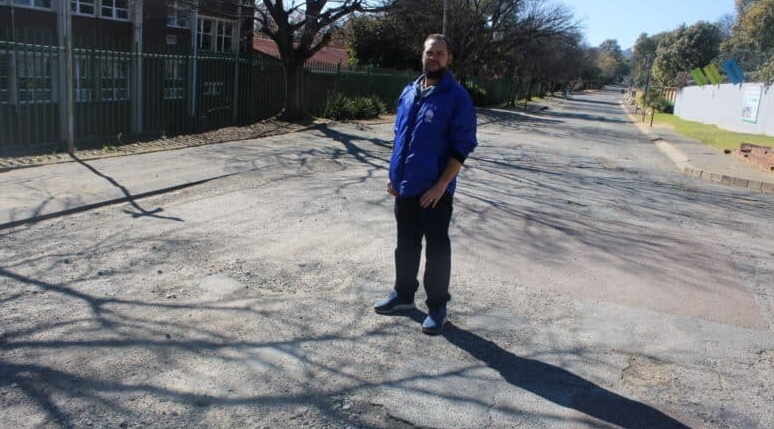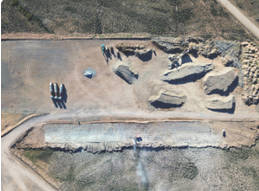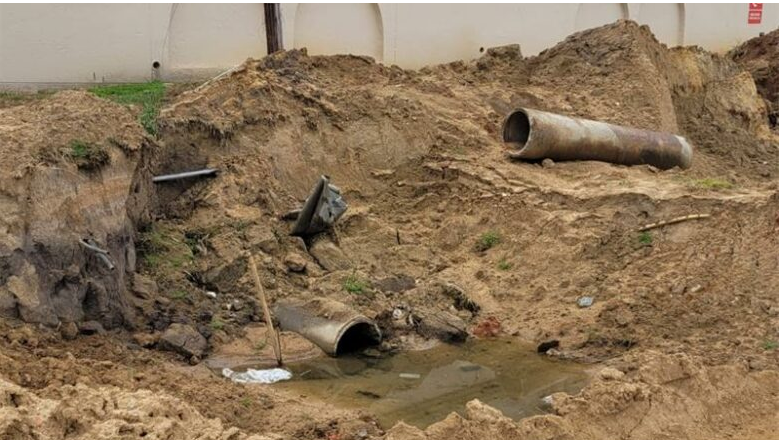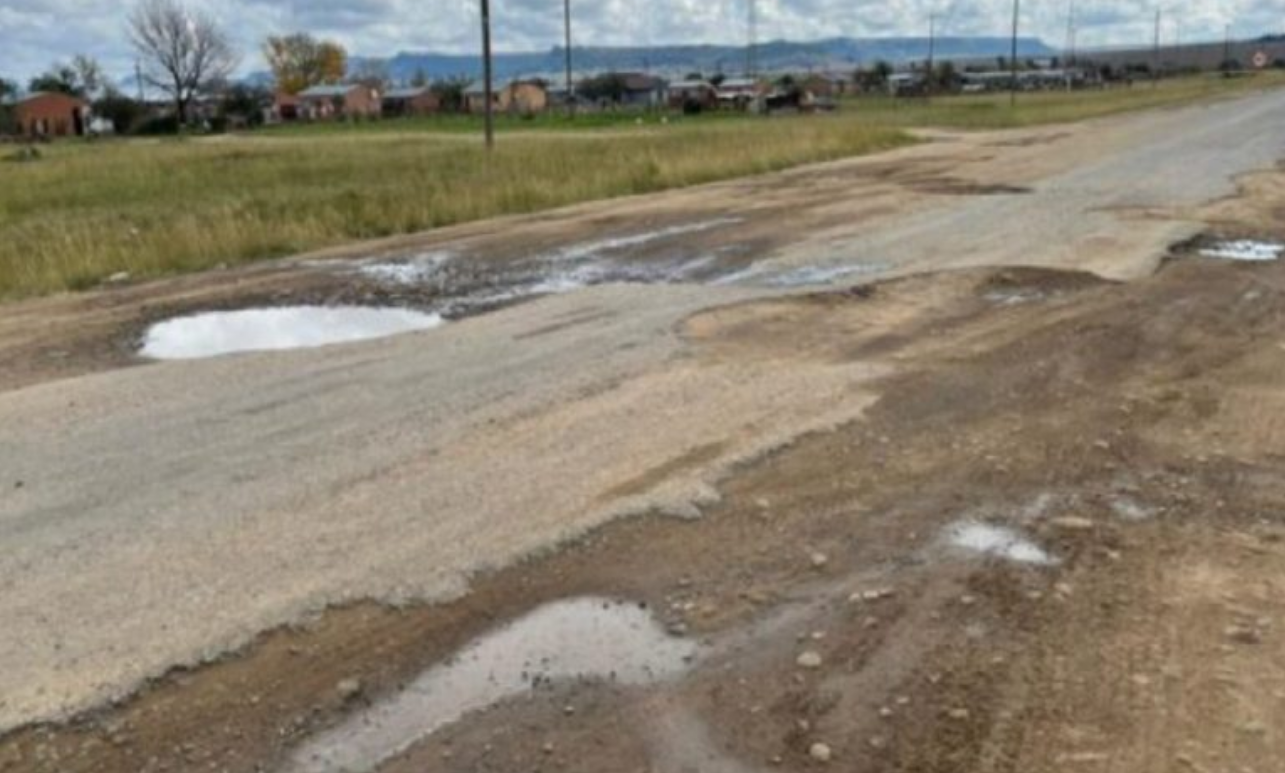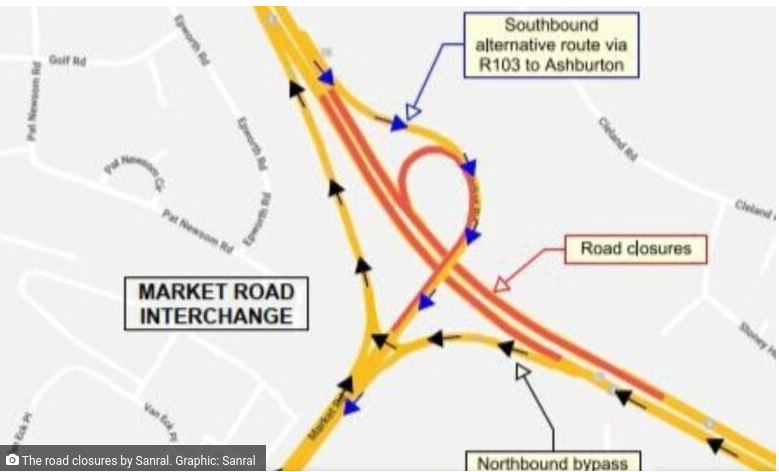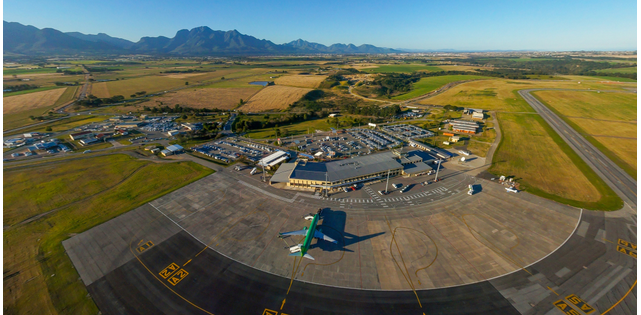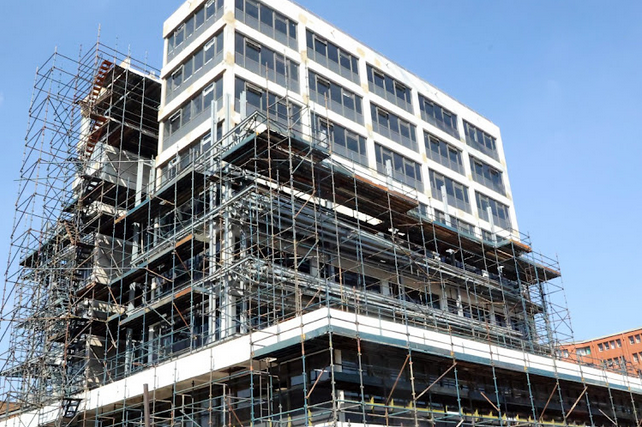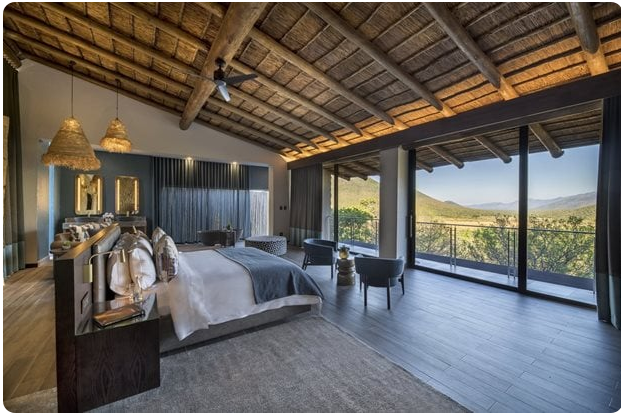Living On Sunshine With Eskom And Boeing
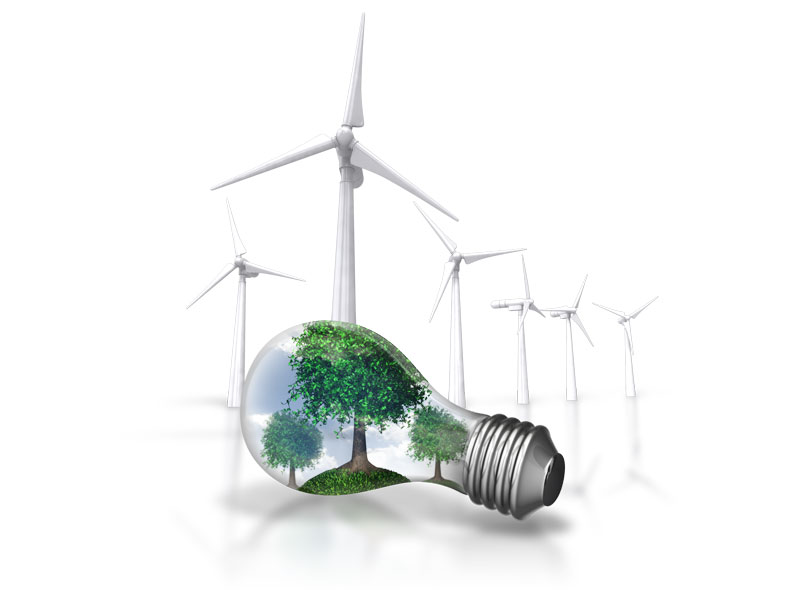
Advertising
05-07-2002
Read : 10 times
Industrial Info
eskom, south africa's state power utility is studying two of the four concentrating solar power (csp) plant types now being promoted internationally. the two to be tested are the parabolic trough and central receiver technologies. the winning technology will be the one that has the greatest potential for cost reductions.
the first $300 000 parabolic dish system has been imported from boeing (nyse:ba) (seattle, washington state). an 18m high dish is made up of 82 curved mirrors, which reflect 92% of the sunlight received and focus the light into a solar beam, which is absorbed by a solar receiver. a stirling engine generator is mounted at the focal point of the mirror on an arm that is fixed to the frame of the parabolic mirror. at present the electrical power conversion/generation record held by any solar dish with a stirling engine from incident sunlight is 29.4%.
the system is being installed between johannesburg and pretoria alongside the country's busiest highway at the midrand, gauteng province, headquarters of the state governed development bank of southern africa (dbsa). this pilot system will provide a highly visible statement for the bank, which is proactively engaged in new energy technologies and the improvement of the quality of life for the region's people. the bank will make use of the power generated for a small percentage to its needs. eskom will evaluate the system's viability as cost-effective option for stand-alone non-grid operations, which could provide power to rural locations not reached by the national grid.
as a generator the pilot system is expensive when compared to diesel generation sets but eskom envisages cost reductions when/if the system, including the mirrors and the engine (under license) goes into mass production in south africa.
as gauteng is a world flashpoint for thunderstorms the system is stowable and is strengthened to withstand hail up to the size of golf balls. to ensure that the glare from the dish will not inconvenience motor traffic on the freeway and aircraft from the nearby commuter airport a visual impact study was undertaken. this enabled eskom to choose the optimum site situation and, as the dish tracks the sun, methods to switch off and screen the dish from the motorway to prevent head on east/west glare on motorists at dawn and sunset.
towards the end of this year a 100mw parabolic-trough power system situated in south africa's northern cape province will come up for final approval by the eskom board. central receiver or "power tower" technology uses hundreds or thousands of large, north-south-axis tracking mirrors (heliostats) that track the sun and reflect the beam radiation to a common focal zone.
the proposed northern cape collector area will be about 1.1m square meters and a site of about 5 square kilometers will be required. between 4,000 to 5,000 heliostats, each measuring 140 square meters will direct heat energy to the central receiver tower, which will be 90 to 170 meters high. the most common end-use application receiver technology is the rankine power cycle although more efficient cycles such as brayton/combined cycle and high-temperature process steam.
the receiver will be manufactured by boeing and the receiver tubes by solel (beit shemes, israel). other "trick components" and possibly the heat transfer pumps will be imported for the 100mw plant, which will cost about $240 million. this represents a capital cost of $240/kw compared to $100/kw for a new coal-fired plant. but the latter figure excludes fuel costs over the life of the plant. there are no fuel costs for csp plants. this would mean electricity about 0.36 cents/kw/hr, which equates to the cost of wind generation. eskom will look to sourcing and manufacturing as many components locally to bring costs down including the heliostats, which comprise 45% of total costs.
if the technical, financial and feasibility analyses are positive and competitive
Recent News
Here are recent news articles from the Building and Construction Industry.
Have you signed up for your free copy yet?

